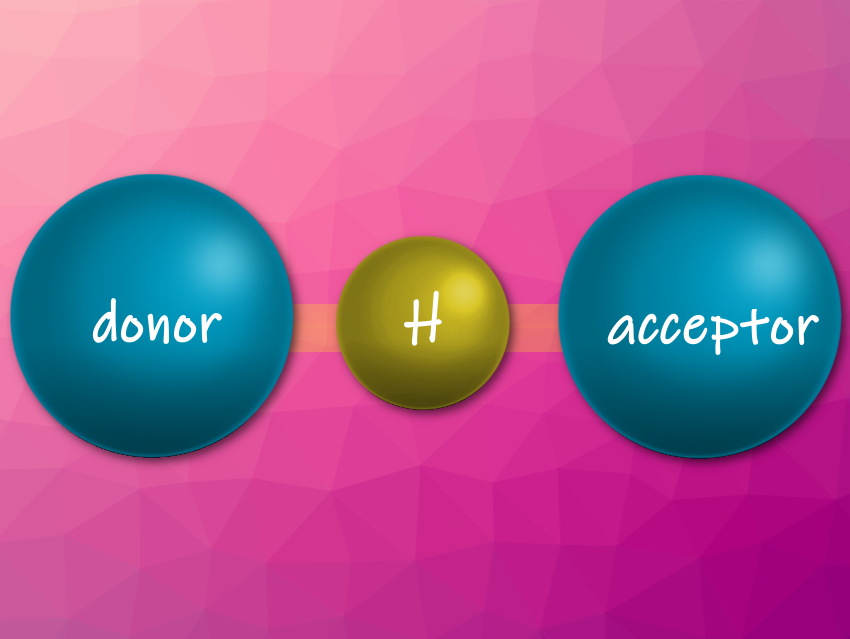In short, strong hydrogen bonds (SHBs), the hydrogen atom is attracted almost equally from both sides. The bridge to the normally loose acceptor is almost as short as the covalent bond of the hydrogen to the donor. The bond strength is very close to that of a covalent bond. SHBs have been the subject of a lot of attention, however, experiments are needed to characterize the physical and chemical properties of these bonds.
Using the bifluoride anion (HF2–) as a model system, Qi Yu, Emory University, Atlanta, GA, USA, and colleagues have investigated how the energy of these unusual hydrogen bonds is distributed, and how stable they are. The researchers used femtosecond two-dimensional infrared (2D IR) spectroscopy in conjunction with quantum chemical calculations to study the energy-dependent vibrations of HF2– dissolved in water.
The team found that both bonds in the bifluoride ion reach comparable levels in length and energy potential, although according to the common definition, one of its bonds is covalent and the other is a hydrogen bond. Both bonds form a common, symmetrical potential sink, instead of an asymmetric one. This structure remains stable even when it repeatedly comes into contact with water molecules and their hydrogen bonds in the aqueous solution. The electrostatic attraction of the SHB accounts for only ~52 to 62 % of the binding energy. The overlap and deformation of the electron orbitals of the SHB are very similar to those in the covalent bond.
The researchers found that the SHB is an intermediate between hydrogen bonding and covalent bonding. At this “tipping point”, the distinction between a hydrogen bond and a covalent bond disappears. The existence of this hybrid bond might open up the opportunity to better understand chemical reactions, and raises the question of whether the common notion of chemical bonding needs to be changed.
- Crossover from hydrogen to chemical bonding,
Bogdan Dereka, Qi Yu, Nicholas H. C. Lewis, William B. Carpenter, Joel M. Bowman, Andrei Tokmakoff,
Science 2021, 371, 160–164.
https://doi.org/10.1126/science.abe1951




